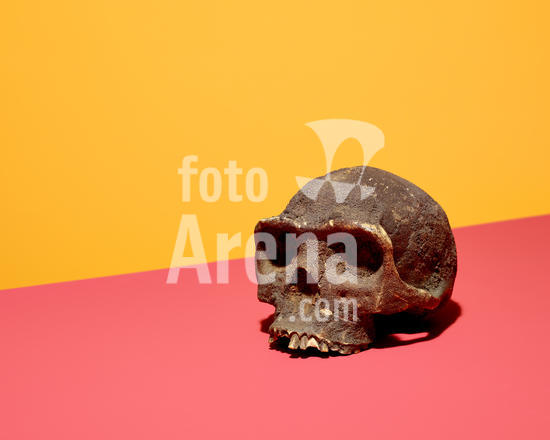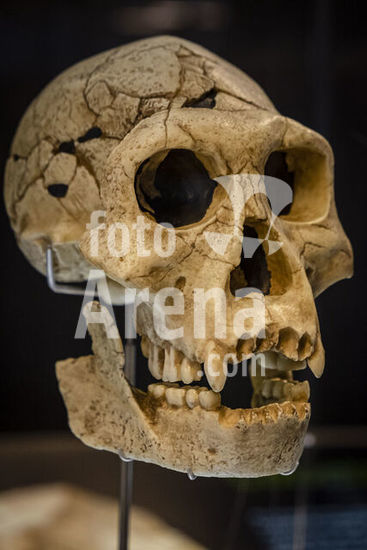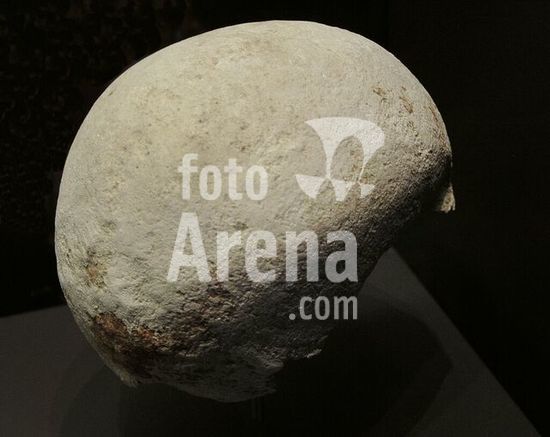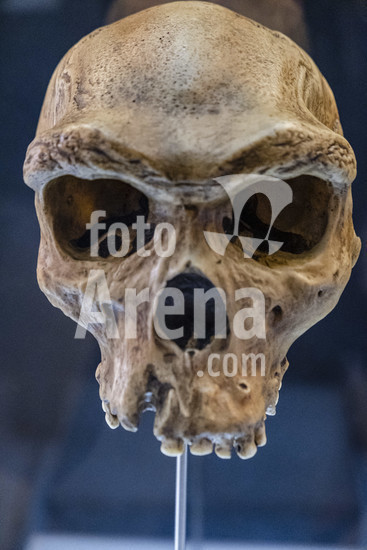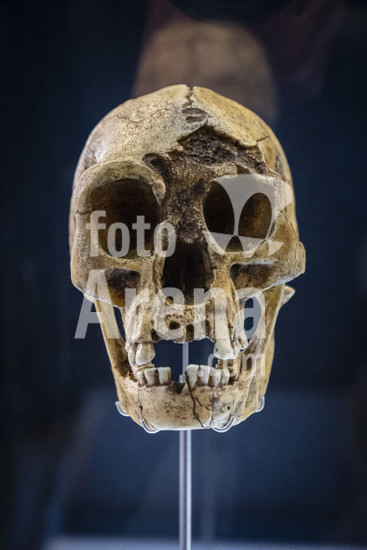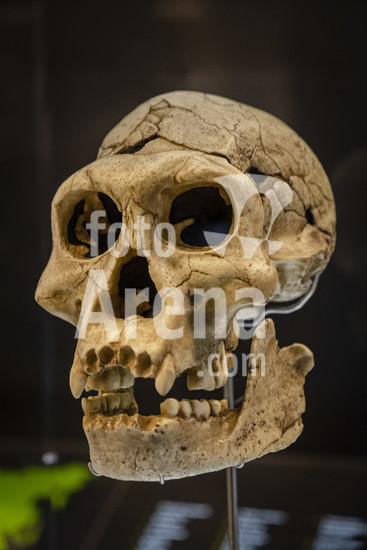
20240217_zaf_x99_238
BEIJING, Feb. 17, 2024 This image provided by the Institute of Vertebrate Paleontology and Paleoanthropology (IVPP) under the Chinese Academy of Sciences shows the artistic rendering of Homo sapiens living in the Shiyu Site in north China's Shanxi Province dating back 45,000 years. TO GO WITH ''Across China: Study reveals characteristics of East Asian Homo sapiens 45,000 years ago' (Credit Image: © Xinhua/Zuma Press/Fotoarena)
DC


















































































